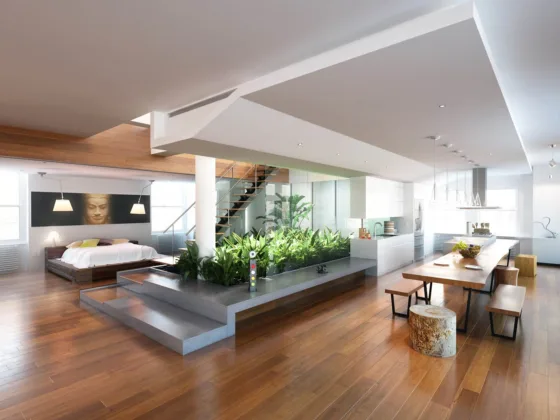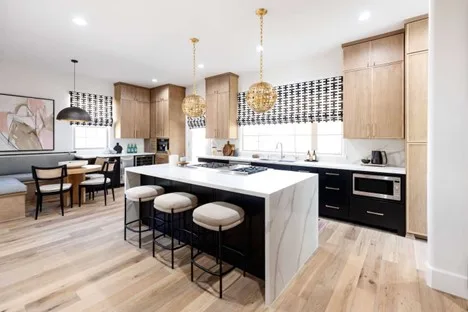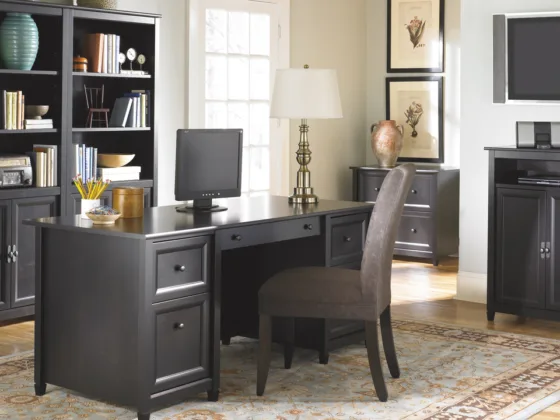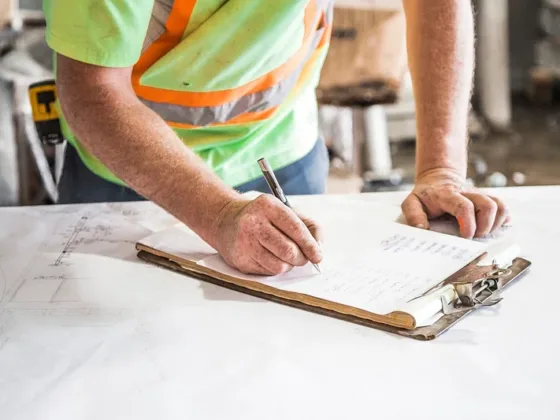Table of Contents Show
We’ve been fascinated by the innovative ways shipping containers are being transformed into modern architectural marvels. From homes and offices to hotels and art installations, these repurposed containers are revolutionizing the design world.
In this article, we’ll explore the rise of shipping container architecture, the creative uses in design, and the benefits and challenges of building with containers. Join us as we dive into the sustainable features, global examples, and future trends of this exciting and eco-friendly construction approach.
Let’s explore the world of shipping containers in modern architecture together.
The Rise of Shipping Container Architecture
You might be surprised by the rise of shipping container architecture and the increase in the sale of storage containers in modern design. We have witnessed a shift towards this unconventional building method due to its economic viability.
The use of shipping containers as building blocks offers a cost-effective solution for construction projects. Moreover, their versatility and adaptability allow architects to create unique structures that meet various needs.
The integration of shipping containers with existing structures has proven to be a practical way to repurpose and revitalize underutilized spaces. Additionally, the unique aesthetics of shipping container architecture have gained popularity, attracting attention from both designers and the general public.
Beyond the visual appeal, this trend has a significant social impact by promoting sustainability and recycling in the construction industry. Shipping container architecture is revolutionizing modern design, making it both accessible and environmentally conscious.
Read Also:
Creative Uses of Shipping Containers in Design
There’s no denying the versatility and ingenuity of incorporating shipping containers into innovative design. These structures offer a multitude of opportunities for creative adaptations.
From repurposed restaurants and retail spaces to unique homes and offices, shipping containers provide designers with a blank canvas to create stunning and functional spaces. Their modular nature allows for easy modifications, making them highly flexible in terms of functionality.
Moreover, shipping container structures often boast unique aesthetics that capture attention and stand out from traditional architecture. Not only are these designs visually appealing, but they also offer cost-effective solutions for construction projects.
By utilizing recycled shipping containers, designers can reduce material costs while promoting eco-friendly design practices.
With their innovative adaptations, unique aesthetics, functional flexibility, cost-effective solutions, and eco-friendly design, shipping containers continue to inspire and revolutionize the world of architecture.
Benefits of Using Shipping Containers in Construction
When repurposing shipping containers in construction, we can benefit from their versatility and cost-effectiveness.
The cost efficiency of using shipping containers as building blocks is undeniable. These containers are readily available and can be purchased at a fraction of the cost of traditional construction materials.
Their modular design allows for easy transportation and stacking, making them ideal for creating innovative and unique structures. With rapid construction techniques, we can quickly assemble shipping container buildings, saving both time and money.
Moreover, the versatility of these containers allows for endless design possibilities, whether it’s building homes, offices, or even pop-up shops.
Lastly, using shipping containers in construction is eco-friendly, as it promotes recycling and reduces the need for new materials.
Sustainable Features of Shipping Container Structures
To create sustainable structures using shipping containers, we consider incorporating features such as solar panels and rainwater harvesting systems.
Sustainable design and eco-friendly construction are at the forefront of modern architecture, aiming to minimize the negative impact on the environment. By integrating energy-efficient solutions, like solar panels, we can harness renewable energy and reduce reliance on traditional power sources.
Rainwater harvesting systems allow us to collect and reuse water, promoting water conservation. Moreover, green building practices emphasize the use of recycled materials, reducing waste and promoting a circular economy.
Challenges and Considerations in Building with Containers
Incorporating sustainable features in container structures presents unique challenges and considerations that need to be addressed.
When using shipping containers as building materials, it is crucial to ensure compliance with building regulations to guarantee the safety and functionality of the structure. We must also prioritize maintaining the structural integrity of the containers, as modifications can affect their strength and stability.
Insulation options are another critical consideration, as containers are typically made of steel and can become either too hot or too cold without proper insulation.
Despite these challenges, container structures offer great customization opportunities. With careful planning and design, containers can be transformed into unique and functional living or working spaces.
Additionally, cost considerations should not be overlooked, as utilizing containers can be a cost-effective alternative to traditional construction methods.
Examples of Shipping Container Projects Around the World
You can find impressive examples of projects around the world that have utilized shipping containers in innovative and creative ways.
Architects and designers have transformed these humble metal boxes into stunning structures that showcase innovative designs and unique aesthetics.
From residential homes to commercial spaces, shipping containers have been repurposed to create functional and stylish environments.
These projects have also proven to be cost-effective solutions, as shipping containers are readily available and can be easily modified to meet specific needs.
Whether it’s a trendy café, a vibrant art gallery, or a cozy hotel, shipping containers offer versatile applications that can be tailored to suit any purpose.
The possibilities are endless when it comes to utilizing shipping containers in modern architecture, and these projects serve as inspiring examples of what can be achieved with a little creativity and ingenuity.
Tips for Incorporating Shipping Containers in Your Design
When considering incorporating shipping containers in design, it’s important to think about functionality and adaptability. Structural modifications can be made to ensure the containers meet the specific requirements of the project.
Efficient space utilization is another key consideration, as the limited size of the containers requires careful planning to maximize usable space.
Interior design plays a crucial role in transforming these industrial structures into comfortable living or working spaces. By incorporating creative and innovative design elements, the containers can be made more inviting and aesthetically pleasing.
Additionally, utilizing shipping containers in construction can be cost-effective, as they are readily available and can be repurposed. Furthermore, maintenance and durability are important factors to consider, as the containers should be able to withstand various weather conditions and require minimal upkeep.
Future Trends in Container-Based Architecture
One exciting trend in container-based design is the use of sustainable materials and technologies to create eco-friendly and energy-efficient structures.
Innovative designs are being developed that not only utilize the inherent strength and durability of shipping containers but also incorporate sustainable materials like bamboo and recycled steel. These materials not only reduce the environmental impact but also provide cost-effective solutions for construction.
Modular construction techniques allow for efficient space utilization and quick assembly, making it easier to customize the structure to meet specific needs. With the use of advanced insulation and energy-efficient systems, container-based designs can achieve high levels of energy efficiency, reducing the carbon footprint.
The incorporation of renewable energy sources such as solar panels further enhances the sustainability of these structures.
These innovations are transforming the container-based architecture industry, offering exciting possibilities for eco-friendly and customizable building solutions.
Frequently Asked Questions
[saswp_tiny_multiple_faq headline-0=”h3″ question-0=”What are the dimensions of a standard shipping container?” answer-0=” Standard shipping containers typically have dimensions of 20 feet or 40 feet in length, 8 feet in width, and 8.5 feet in height. These container sizes, also known as container specifications, are widely used for various transportation and storage purposes.” image-0=” headline-1=”h3″ question-1=” Are there any limitations on the number of stories that can be built using shipping containers?” answer-1=”There are limitations on the number of stories that can be built using shipping containers due to building height and structural stability concerns. However, shipping containers offer architectural possibilities, cost-effectiveness, and a reduced environmental impact.” image-1=” headline-2=”h3″ question-2=” Can shipping containers be customized to fit specific design requirements?” answer-2=”Yes, shipping containers can be customized to fit specific design requirements. This offers advantages in terms of design flexibility and cost-effectiveness. However, there are also disadvantages such as limited space and potential sustainability issues.” image-2=” headline-3=”h3″ question-3=” Are there any building codes or regulations that need to be considered when using shipping containers in construction?” answer-3=”When using shipping containers in construction, there are several safety considerations, including compliance with building codes and regulations. Additionally, the environmental impact, cost-effectiveness, construction process, durability, and maintenance need to be taken into account.” image-3=” headline-4=”h3″ question-4=”How do shipping container structures hold up in extreme weather conditions, such as hurricanes or earthquakes?” answer-4=”Shipping container structures can withstand extreme weather conditions through impact resistance and structural reinforcements. Insulation solutions help regulate temperature. Case studies show their effectiveness during hurricanes and earthquakes. They are also cost-effective compared to traditional construction methods.” image-4=” count=”5″ html=”true”]
Conclusion
In conclusion, shipping containers have revolutionized modern architecture by offering a versatile and sustainable building solution.
From innovative designs to eco-friendly features, these containers have proven to be a game-changer in the construction industry.
While challenges exist in building with containers, the benefits far outweigh the drawbacks.
As we look to the future, we can expect to see even more creative and ambitious projects incorporating shipping containers
So, whether you’re a designer or a homeowner, consider embracing this trend and explore the endless possibilities of container-based architecture.










